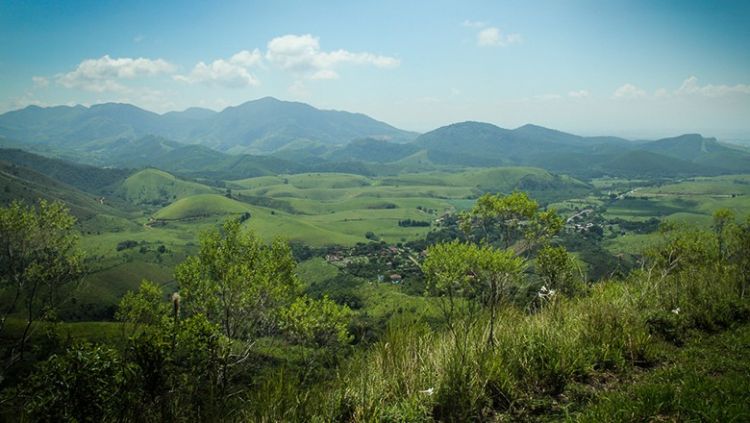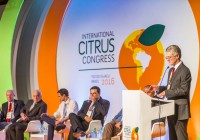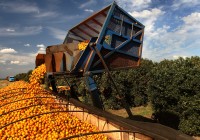10
fev
Preserved native vegetation covers 61% of Brazil, says EMBRAPA categories: Environment, Research, Sustainability

A study from the Strategic Territorial Intelligence Group (GITE, in Portuguese) of the Brazilian Agricultural Research Corporation (EMBRAPA, in Portuguese) found out that the preserved native vegetation covers 61% of the entire Brazilian territory. According to the group coordinator, Mr. Evaristo Miranda, from the 850,280,588 hectares that make up the Brazilian territory, 11% of native vegetation areas are in rural properties, such as legal reserves (LR) and permanent preservation areas (APPs, in Portuguese). Another 17% of native vegetation are in conservation units. Now, 13% of native vegetation are in indigenous lands and 20% in vacant lands, relief, inland waters etc., which amounts to 61%.
These data, according to GITE coordinator, was updated at the end of last year by EMBRAPA, based on information from the institution itself, from other public agencies and private initiatives, such as: The Brazilian Institute of Geography and Statistics (IBGE), the Brazilian Confederation of Agriculture and Livestock (CNA), the Ministry of Environment, the National Indian Foundation (FUNAI), the National Water Agency of Brazil (ANA) and the Ministry of Planning, Development and Management (MPOG).
The other 39% of the Brazilian territory, according to EMBRAPA’s survey, are distributed among the areas occupied by 8% of crops and planted forests; 19.7% of pastures, and 11.3% of cities, macro-logistics, infrastructure, energy, mining and others.
“In these 8% of cultivated areas are all the sugar cane, reforestation, grains, citriculture, in other words, everything that we plant. This size of agriculture, that worries the world and that does a lot of stuff covers only 8% of the Brazilian territory”, the researcher highlighted.
The researcher explains that when added to the area of agriculture and livestock, and also the areas of preserved native vegetation within rural land, the rural properties represent a total of 38.7% of the national territory.
Mr. Miranda also recalled that Brazilian farmers work based on one of the most stringent and restrictive environmental laws in the world and he cited, for example, the riverbanks, which in Brazilian legislation are defined as APPs, where cultivation is prohibited.
“This is something that EMBRAPA did when the Forest Code was still being discussed. In El Salvador, the riverbank areas are totally occupied by small and large producers. In Costa Rica everything is occupied with crops and bananas. In Mexico, on the banks of the Papaloapan river, the areas are fully cultivated. They are alluvial deposits. The river side is the best place there is to plant. Civilization developed by cultivating alongside the rivers. It’s how it is in Chile, Argentina, China, Senegal and developed countries as well, along the Rhône river in France; on the Rhine, in Germany; the Po Valley in Italy; the Quadalquivir river, in Spain; the Tagus, in Portugal; the Danube, in Austria and the Lower Rhine in the Netherlands, among others. Brazil, however, preserves, and has to preserve the riverbanks by law. I am not speaking against or defending Brazilian legislation, I am only showing how the Brazilian law is and comparing it with other countries”, he said.
The coordinator of the GITE also stressed that with the new Forest Code, the producer will have to restore many areas. Estimates, according to him, are that from the 8% of the Brazilian territory that is currently used for agriculture, between 35 million hectares and 95 million hectares will be used to restore APPs and LRs.
- |

